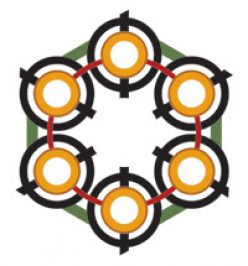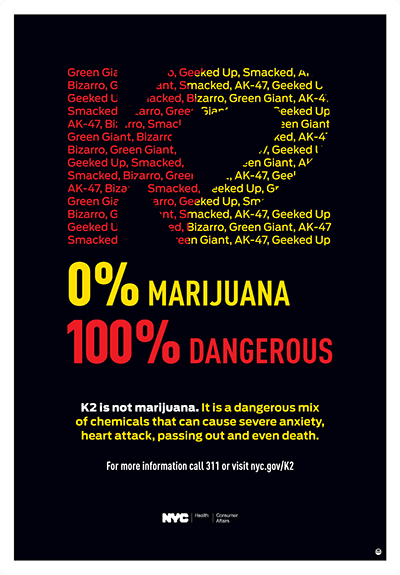One of the thing that stands out to us as problematic when encouraging our species and societies to have balanced views about psychoactives, and is part of the reason that the public policy is a rolling global disaster, is that most data published about harms is selectively chosen for greatest impact.
Some authors published a complete summary of all “all cases presenting at the emergency department (ED) of the University Hospital of Basel, Switzerland, between October 2014 and September 2015 with acute toxicity due to self-reported recreational drug use or with symptoms/signs consistent with acute toxicity.”
It is unfortunately, from our view, that they did not also then include in their analysis presentations related to pharmaceutical drugs, but this is a great start.
Their summary speaks for itself, but imagine a world where all major hospitals published anonymized case data and we could get this type of summary every year?! It’s just too much to imagine that we might base education, expectation, and public policy on real world understandings of that relative magnitude of harms, rather than the most recent scary news story or the grieving parents of a tragic fatality.
Their paper is not as extensive as it could be and we’d really like to see a matrix table of what drugs were found combined with other drugs. Also, the authors did not have the ability to detect or identify new synthetic cannabinoid receptor agonists.
About a third of the cases were “related to” cocaine and a third “related to” cannabis. The next most common self-reported substances were heroin, benzodiazepines, MDMA, amphetamine/meth, unknown, and then opioids (excluding heroin and methadone).
Perhaps the biggest question is how good their detection / analysis is. Would they be able to detect MXE or deschloroketamine or other really new substances if they had been present?
http://bmcpharmacoltoxicol.biomedcentral.com/articles/10.1186/s40360-016-0068-7 [ Erowid Ref ]
Background
Although the recreational use of psychoactive substances is common there is only limited systematic collection of data on acute drug toxicity or hospital presentations, in particular regarding novel psychoactive substances (NPS) that have emerged on the illicit market in the last years.
Methods
We included all cases presenting at the emergency department (ED) of the University Hospital of Basel, Switzerland, between October 2014 and September 2015 with acute toxicity due to self-reported recreational drug use or with symptoms/signs consistent with acute toxicity. Intoxications were confirmed using immunoassays and LC-MS/MS, detecting also novel psychoactive substances.
Results
Among the 50’624 attendances at the ED, 210 were directly related to acute toxicity of recreational drugs. The mean patient age was 33 years and 73 % were male. Analytical drug confirmation was available in 136 cases. Most presentations were reportedly related to cocaine (33 %), cannabis (32 %), and heroin (14 %). The most commonly analytically detected substances were cannabis (33 %), cocaine (27 %), and opioids excluding methadone (19 %). There were only two NPS cases; a severe intoxication with paramethoxymethamphetamine (PMMA) in combination with other substances and an intoxication of minor severity with 2,5-dimethoxy-4-propylphenethylamine (2C-P). The most frequent symptoms were tachycardia (28 %), anxiety (23 %), nausea or vomiting (18 %), and agitation (17 %). Severe complications included two fatalities, two acute myocardial infarctions, seizures (13 cases), and psychosis (six cases). Most patients (76 %) were discharged home, 10 % were admitted to intensive care, and 2 % were referred to psychiatric care.
Conclusion
Most medical problems related to illicit drugs concerned cocaine and cannabis and mainly included sympathomimetic toxicity and/or psychiatric disorders confirming data from the prior year. Importantly, despite the dramatic increase in various NPS being detected in the last years, these substances were infrequently associated with ED presentations compared with classic recreational drugs.

